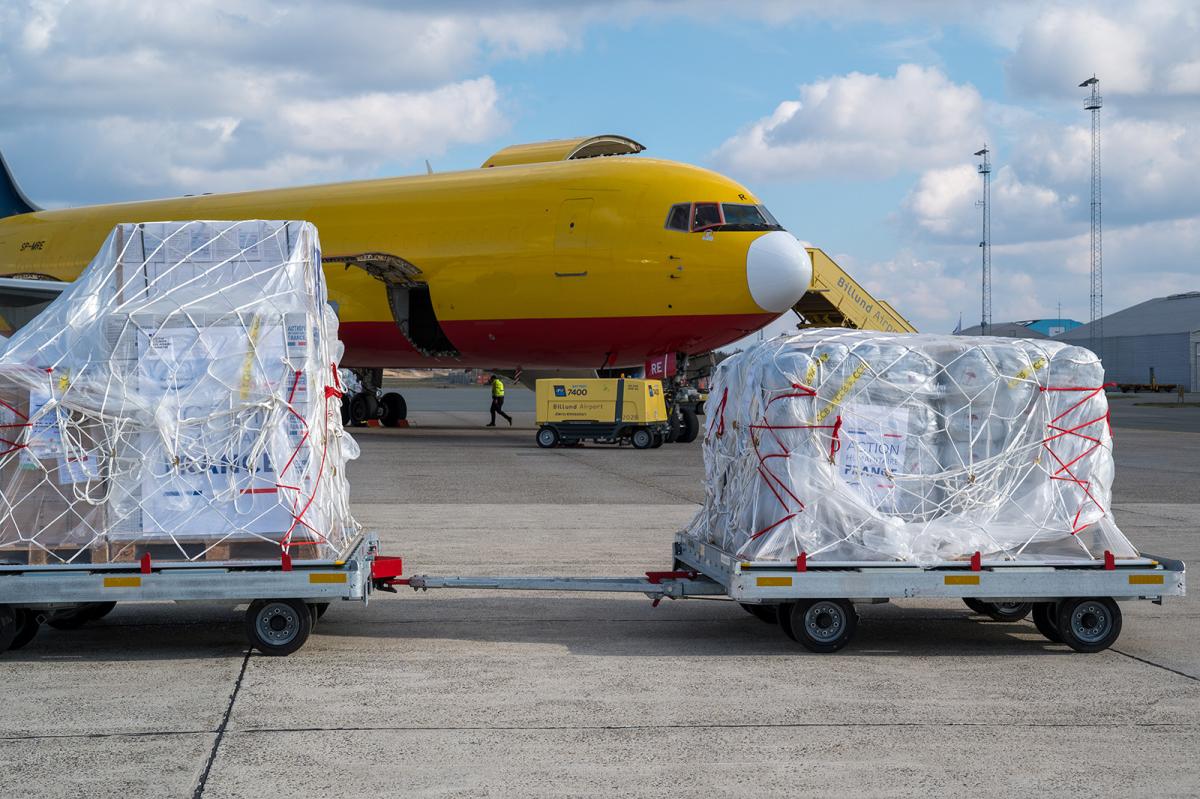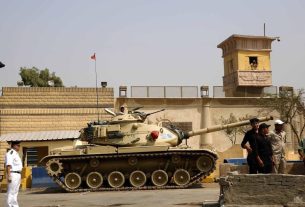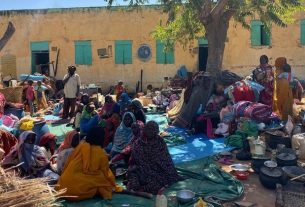|
Getting your Trinity Audio player ready...
|
In March 2023, the EU set up a Humanitarian Air Bridge to the east Democratic Republic of the Congo, transporting much-needed supplies for the civilians caught up in the conflict of the region.
But what exactly is the Humanitarian Air Bridge, and how is it making a difference? We met the people behind these operations to learn about their organisation and the impact they’re having on the lives of those in need.
The first flight of the Humanitarian Air Bridge to Goma departed from Billund, Denmark, on 8 March 2023, with a cargo donated by the French government and UNICEF.
© Lars Engelund
EU Humanitarian Air Bridge flight operations help reinforce humanitarian or emergency responses in countries facing fragile contexts. These flights help fill critical gaps by facilitating the delivery of humanitarian aid, emergency assistance, and the transport of humanitarian staff when required.
The initiative was initially set up in response to the transport constraints imposed by the COVID-19 pandemic. The EU Humanitarian Air Bridge is an ad hoc initiative operated on a needs-based approach.
7 flights have taken place to date, carrying mainly medicines, nutritional supplies from Europe to Goma, DRC. The supplies were then delivered to our humanitarian partners on the ground, to be distributed to those who need them the most.
We met with the staff working to set up this lifeline in the sky: Ludovico Gammarelli and Pierre Tripon from headquarters in Brussels, and Florent Mongana and Justus Rinnert from the field, to find out more about how these flights are organised.
Q: How did the organisation of the Humanitarian Air Bridge operations change after the establishment of the European Humanitarian Response Capacity (EHRC) in 2022?
Ludovico: Humanitarian Air Bridge flights were first used during the COVID-19 emergency, when commercial options for delivering humanitarian aid were limited. We organised several flights, across Africa, Asia and the Americas, delivering over 1,700 tonnes of material, consisting of humanitarian and/or medical aid. Today, under the EHRC framework, the process is more structured, and the flights are more predictable.
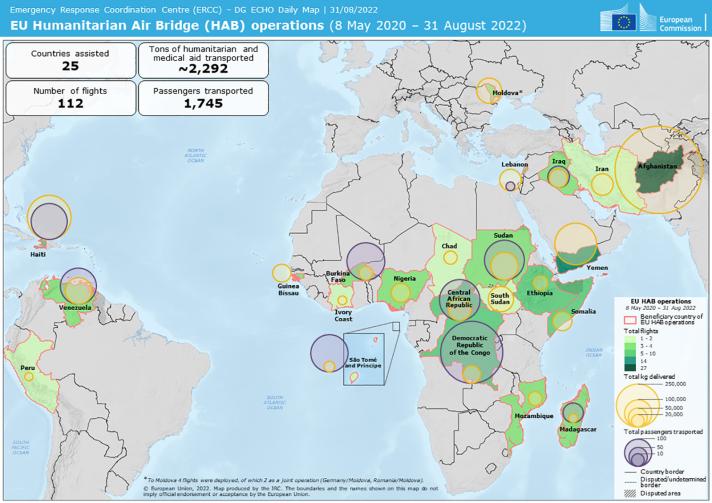
The EU as a doer
The 3 pillars of the EHRC allow the EU to complement its existing tools for providing humanitarian aid:
- Logistics, including the organisation of flights under a Humanitarian Air Bridge
- Pre-positioning of stocks to fulfil urgent needs in case of an emergency
- Deployment of experts
Q: Is it only the partners who can request a Humanitarian Air Bridge flight? And following a request, how is a decision taken to launch the HAB?
Ludovico: Anyone can request it! EU Member States, humanitarian partners, ECHO colleagues in the field. The material transported by the flight is always delivered to humanitarian partners.
Q: And then the organisation starts…
Pierre: That’s right, usually by using the services of a broker who will find the means to operationalise the Humanitarian Air Bridge.
The broker will find the plane – if a plane is used – will determine the airport it will depart from, and will make sure to bring together the cargo to be transported, which can be stored in warehouses in different countries.
In the case of the most recent Humanitarian Air Bridge to the Democratic Republic of the Congo (DRC), the first 2 flights departed from Billund, in Denmark. Choosing the airport depends on operational reasons, and the decision is taken by the broker.
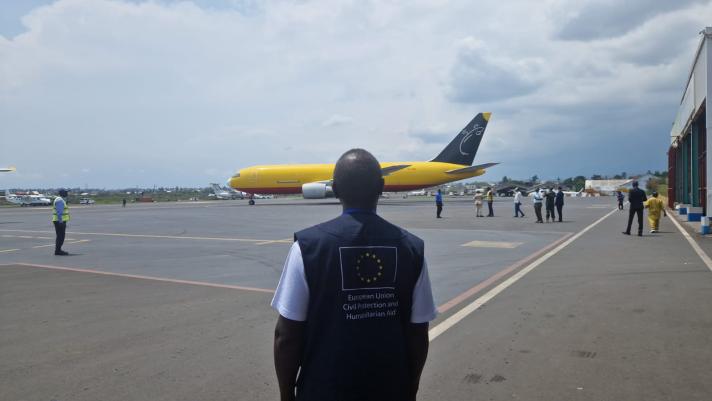
Arrival of the first HAB flight in Goma, 9 March 2023
© European Union, 2023 (photographer: Julie Laroche)
Q: Who covers the cost for these flights?
Pierre: The costs are covered by the EU. However, for specific operations, EU Member States can also contribute, either financially or by providing cargo to be transported. Some of the flights undertaken during the Humanitarian Air Bridge to Goma were operationalised also with a contribution from France. It is a good example of a Team Europe approach!
A collective effort
EU Humanitarian Air Bridge operations brings together several actors: the European Commission, EU Member States, national authorities of the destination countries, and humanitarian and civil society organisations.
The cargo transported can be provided by the Commission, EU Member States, or partners looking for a way to urgently transport existing supplies to people in need.
Q: Once a Humanitarian Air Bridge operation is launched, what are some of the challenges that you may face?
Florent: Getting the necessary permits and authorisations for the plane to land can be a major challenge! Once this is secured, the next challenge is to get customs clearance for the cargo, so that it can be handed over to the partners.
This process can take up to 6 months – although we usually manage to do it much more quickly. For the first flights to Goma, for example, we managed to complete the customs clearance immediately.
Justus: This part of the operation – securing the necessary documents on the ground – is something that we, the field colleagues, work on.
Although we have a broker, the latter may not have the necessary network in place to secure the documentation in the limited time frame we usually have. Also, we often rely on the EU delegation for getting the necessary permits on time.
